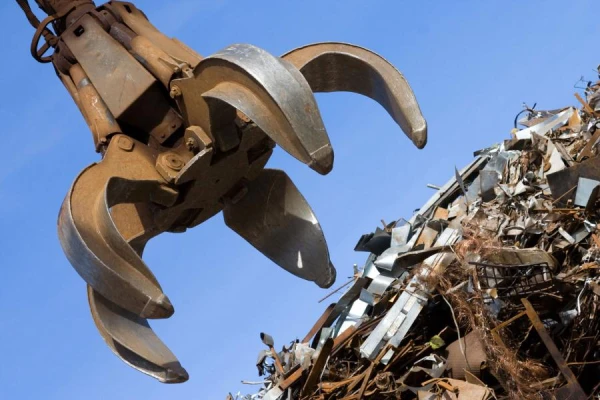
It is now becoming clear that if we continue to accumulate garbage in landfills, we will occupy all habitable areas. How will humanity address the waste problem in the future, and will it be able to recycle all the accumulated remnants?
Our landfills are poorly organized museums that are constantly being filled with new “exhibits” and expanding by the second. Some of them are already completely full, and now they only store historical waste. It would be wonderful if we found a way to stop producing waste instead of accumulating it on an exponential scale.
According to experts, some existing landfills may become sources of resources in the future, as they contain sufficient amounts of metals and other valuable materials. However, it is likely that we will only be able to clean up a small portion of them, driven by profit extraction or concern for the planet. Ultimately, nature will be able to clean up these piles of garbage. In such a cleanup, our descendants may discover many artifacts of the past at the landfill sites, but until then, the results will be far from ideal.
There are two possible scenarios for a landfill occupying several square kilometers and having a thickness of several meters. First, it may simply be buried and remain in place for millions of years. This process can occur on a sinking delta or coastal plain, such as in Mississippi. The landfill will gradually sink beneath layers of sediment and may ultimately end up several kilometers underground, being compressed, heated, and possibly folded. All its contents will be compacted and form “techno-fossils.” This new type of rock will be unusual but will become largely harmless after hundreds of years: toxins will break down, and plastic will turn into a brittle substance resembling coal.
The other option for natural “cleaning” is more likely and more destructive. Landfills that are not geologically buried will eventually be eroded by wind and winter conditions—especially near coastlines, which are often subjected to wave and tide attacks. The waste from them will be exhumed, thrown back to the surface, and then carried away by currents, often to distant shorelines and the deep ocean floor, endangering people and other living organisms. This process is already being observed in many places around the world (for example, it can be seen during a walk along the Thames estuary). This is a significant and growing factor in the relationship between our waste and the planet.















Leave a comment